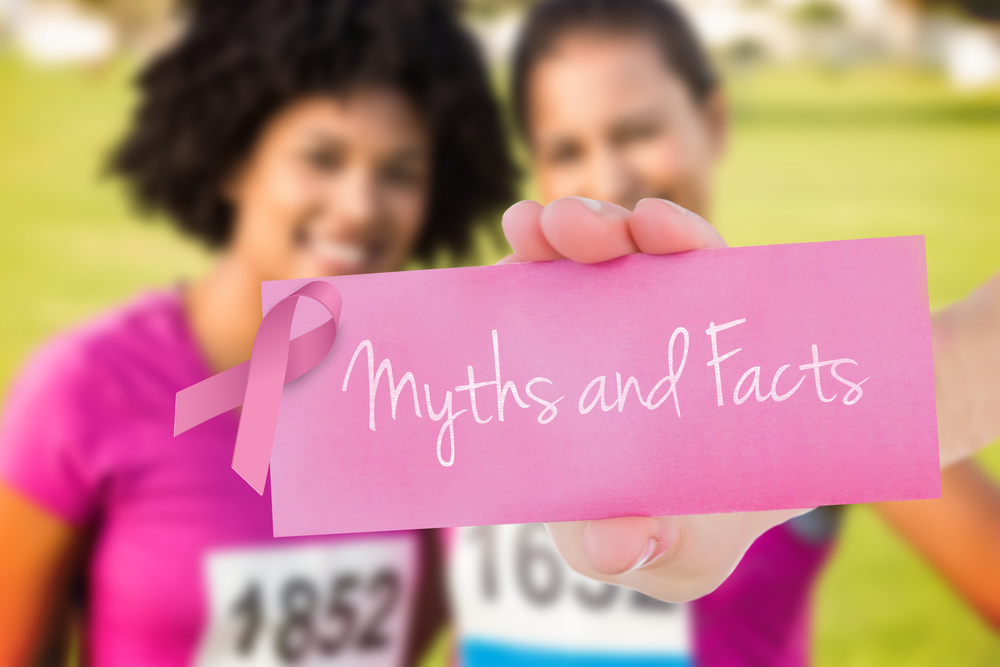The internet offers a wide source of information. It is often easy to get lost into a web of misinformation that causes needless concern. As in the case of any fear-inducing information, there are several claims running astray. Here is a list of breast cancer myths that have been doing the rounds.


No, all breast lumps are not cancerous as there are non-cancer lumps as well.
No, breast cancers may appear as:
No, family history only accounts for 5 to 10 percent of all breast cancer patients.
No, cancer is not contagious from person to person. Probably the only chance of cancer spreading to another person, though rare, is during organ or tissue transplantations.
There are a lot of questions but it is important to eat right, exercise enough, get sufficient sleep and maintain a healthy weight to keep the immunity strong and to fend off any mutant genes.
There is no clinical evidence that proves antiperspirants cause breast cancer due to toxin build-up or aluminum compounds.
No, a 2014 study had looked at the link between breast cancer and bras. There is no scientific evidence of this claim. The same goes for the myth revolving around the risk of cancer if bras are worn at night.
Mammograms do not prevent breast cancer but they can help save lives by early detection and treatment. For this reason, the US Preventive Services Task Force recommended that routine screening mammograms for women with an average risk of breast cancer should start at the age of 50, and those with a high risk should start at the age of 40.
Not true. Men can also develop breast cancer, although the occurrence is very low, less than 1 %.
Mammograms are a source of radiation much like x-rays and are not dangerous if administered in small amounts and within the approved medical guidelines.
కీమోథెరపీ కోసం క్యాన్సర్ రోగులు ఎలాంటి దుస్తులు ధరించాలో తెలుసా? ఈ ఆర్టికల్లో, క్యాన్సర్ రోగులకు కీమోథెరపీని సౌకర్యవంతంగా పొందడంలో సహాయపడే దుస్తుల జాబితాను అందించాము.
ఈ కథనం మీ క్యాన్సర్ రకానికి సరైన క్యాన్సర్ వైద్యుడిని కనుగొనడానికి 6-దశల గైడ్ను వివరిస్తుంది.
तंबाकू का सेवन गुटका, जर्दा, पैन मसाला आदि के रूप में करना सिर और गले के कैंसर का मुख्य कारण…
నోటి పుండ్లతో బాధపడుతున్న క్యాన్సర్ రోగులకు క్యాన్సర్ చికిత్సలో ఉన్నప్పుడు తీసుకోవాల్సిన 12 ఉత్తమ ఆహారాలు.
క్యాన్సర్కు కారణమయ్యే 6 జీవనశైలి కారకాలు గురించి ఈ కథనంలో వివరంగా ఇవ్వబడ్డాయి. అవి ఏమిటో తెలుసుకోండి!
शोध की मानें तो न्यूज़पेपर प्रिंट करने में जो स्याही का इस्तेमाल होता है उसमें ऐसे केमिकल होते हैं जो…